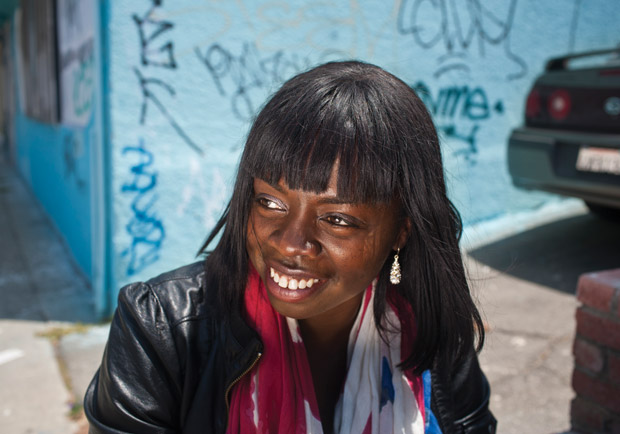At 19, Jo Saxton had an opportunity most of her peers could only dream of: a full ride to the University of Oxford. As a child of Nigerian immigrants growing up in inner-city London, the offer was huge—and one she ultimately turned down. For Saxton, the decision culminated a journey back to faith in the God she’d wandered from. Instead, she headed for Sheffield, where she eventually joined St. Thomas’ Church, the launch point for the missional community movement—a church-based network of small groups aiming to impact their neighborhoods and cities for the kingdom. The movement, led by St. Thomas pastor Mike Breen, spread throughout the UK, and is now taking hold in the United States. Saxton and her husband joined Breen and his wife to start 3DM, an organization that helps churches promote the movement through seminars, curriculum, camps, and consulting.
Saxton says the missional community model reflects the difference discipleship has made in her life. “My faith was [strengthened] by people who invested in me, whose lives weren’t easy but who were really faithful to God,” says Saxton, author of Real God, Real Life: Finding a Spirituality That Works and High Heels and Holiness: The Smart Girl’s Guide to Living Life Well (both Hodder & Stoughton). “They didn’t have all the answers, but you couldn’t ignore what their life looked like with God.”
Question & Answer
Please describe the work of 3DM.
We gather teams from 10 to 12 churches and go on a two-year journey, meeting with them every six months. We build a discipling culture with leaders whose missional context is their workplace. Then we launch missional communities, reaching into areas where the church isn’t currently reaching. We’re not saying this is the only way or the best way to reach them, but if you learn to do this well, you can reach into previously unreached cracks of society. After two years, the churches are established as “mission bases” within a certain region.
So, what does that look like?
In Fort Wayne, Indiana, some of our work led to several missional communities focused on helping families at a local school, the residents of a low-income neighborhood, girls working in strip clubs, and homeless veterans. In Compton, California—a challenging urban context—we saw a church plant based not around a worship service, but around missional communities. When membership grew to 80 adults, then they launched a worship service, and they have continued to grow.
Is it ultimately about planting new churches or expanding outreach?
It varies. Some church teams are planters, wanting to use missional communities as their primary way of planting. Some teams are leaders from megachurches; others come from denominations that have been in existence for centuries. But they are all passionate about discipling people in their churches more effectively.
What’s next for 3DM?
We’re partnering with seminaries about the future of theological education, to train leaders so they don’t come out of seminary saying, “I don’t know how to do discipleship.” We’ve put feelers out in the past couple of years but now we’re looking at how we train young leaders intentionally.
More: WeAre3DM.com, JoSaxton.com










